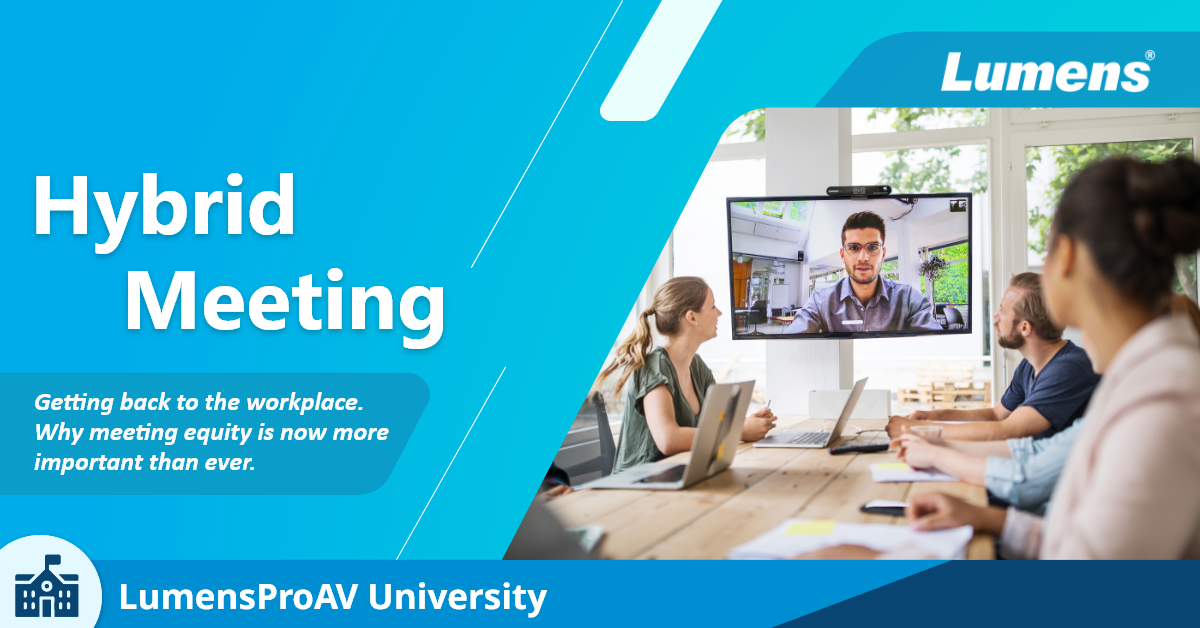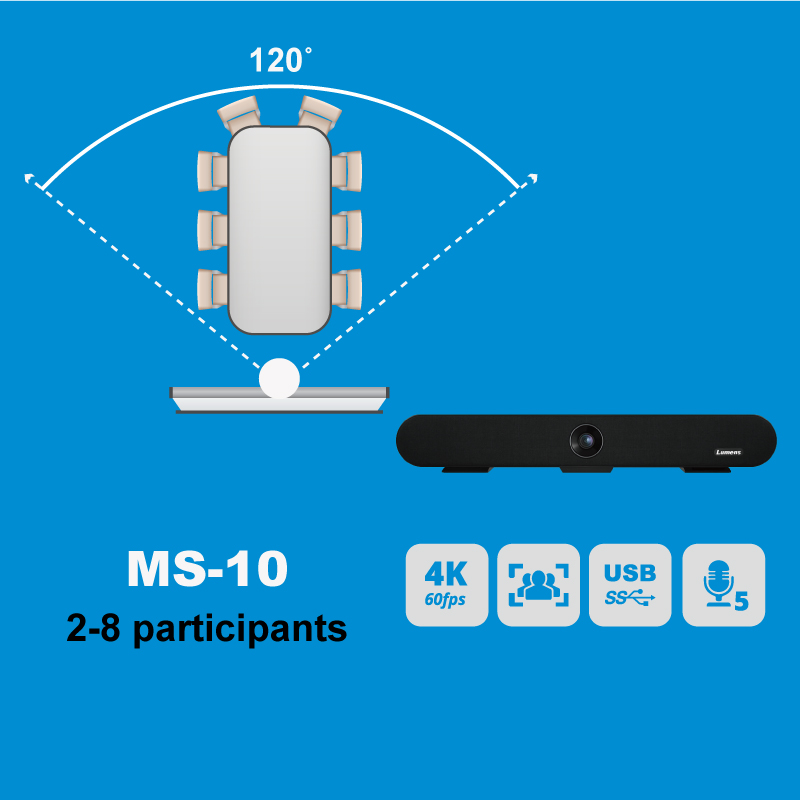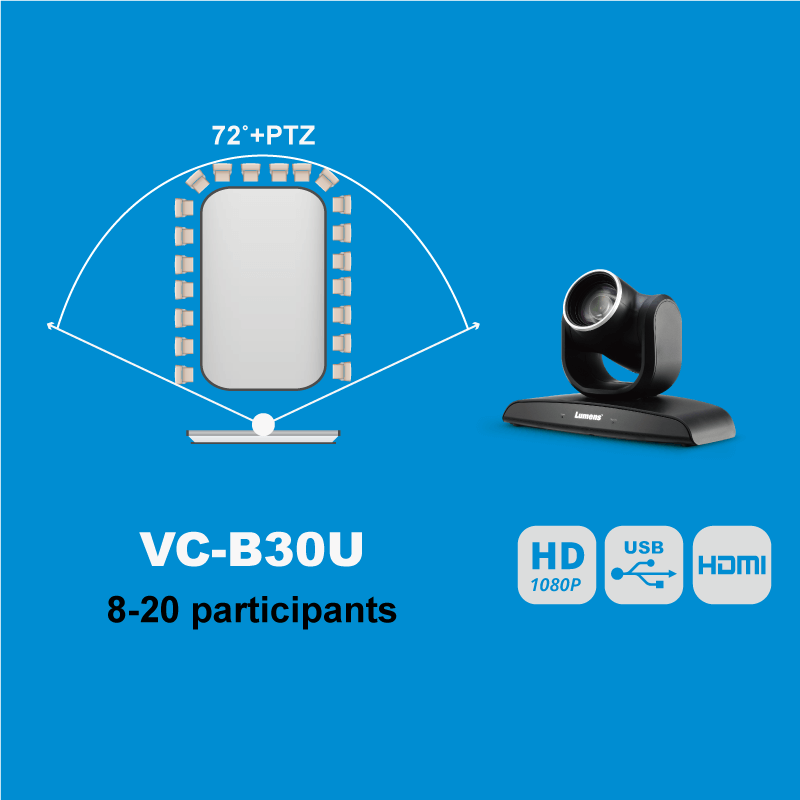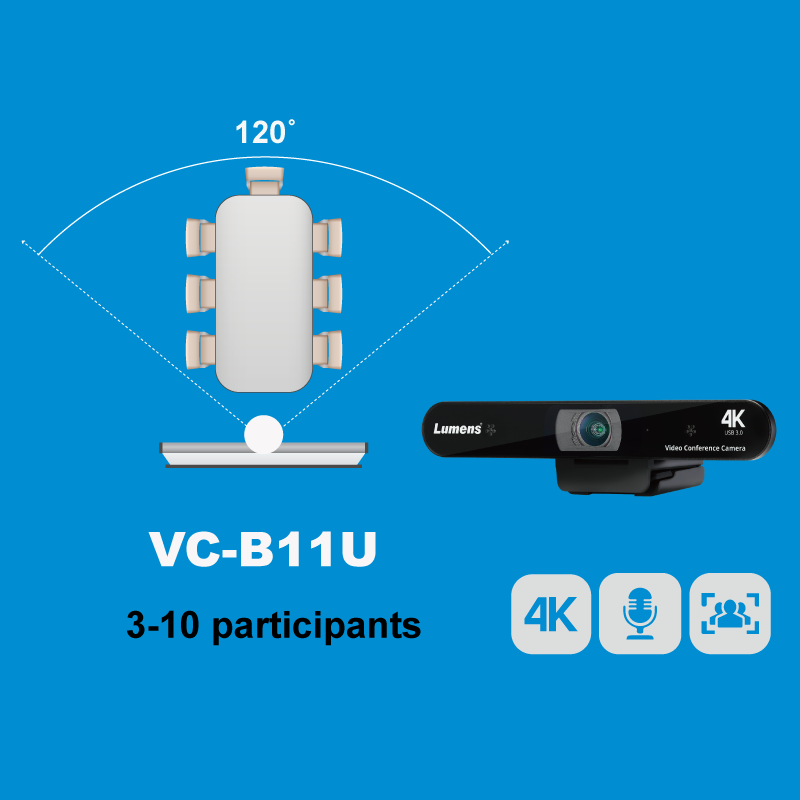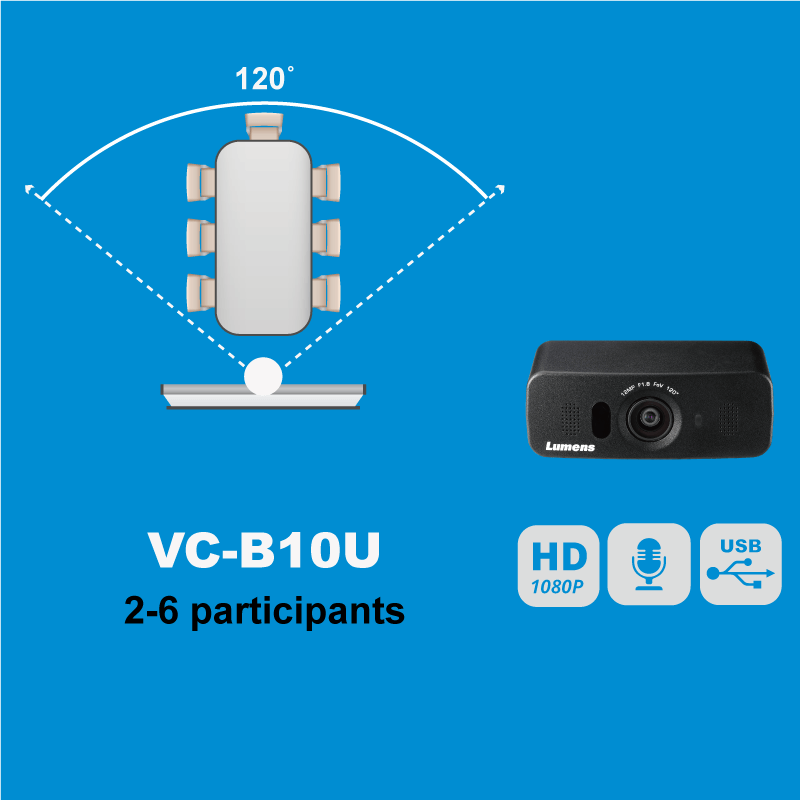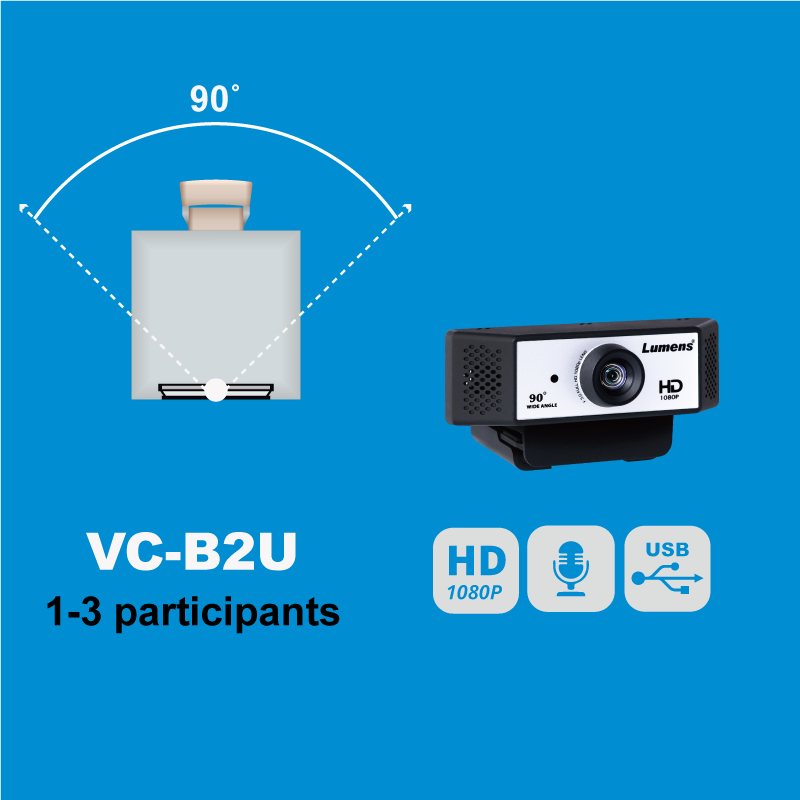【ProAV Lab】Getting Back to the Workplace (slowly). Why Meeting Equity is Now More Important than Ever
Written by Kieron Seth, Product Marketing Director at Lumens
December 15, 2021 27717
- How have meetings changed over the last 2 years?
- How will meetings change, post-pandemic?
- Why is it important to get hybrid meetings right?
- What role does AV play in the hybrid meeting?
- How does camera framing technology play its part?
- Why can video quality be poor in hybrid meetings?
- Overcoming the quality issue in hybrid meetings
How have meetings changed over the last 2 years?
As the world opens up and teams adjust to new ways of working, it is clear that AV is going to have a bigger role than ever. Before the pandemic, meetings were generally held in person. The more important the meeting, the more likely that guests would travel to the meeting place to attend in the flesh.
During national lockdowns, communal meeting spaces closed, and teams relied heavily on personal webcams. Initially, many relied on consumer webcams or even cameras built into laptops. As time passed, organizations realized the importance of quality cameras and invested in dedicated Zoom-certified units to enhance the user experience and deliver more consistent results.
How will meetings change, post-pandemic?
It is now becoming very normal to host a hybrid meeting. Delegates local to the meeting room can attend in person. Others who are isolating, or who live remotely, are no longer expected to travel but can participate remotely. Instead of physically bringing together entire teams, hybrid meetings are designed to allow for distanced communications that flow naturally and encourage full participation. Although this concept is not new, the reliance on hybrid meetings and the normalization of this behavior is accelerating change.
Why is it important to get hybrid meetings right?
Introducing new workflows ‘just’ to improve video quality for the occasional remote dialler has never been high on the agenda. Historically, users would simply be asked to turn off their camera and dial in with voice only if the video experience was poor. However, organizations have recognized that remote users have been unable to contribute fully to meetings and have become secondary guests compared with local attendees. With a drive for ‘meeting equity’, AV technology can make every session fully inclusive.
What role does AV play in the hybrid meeting?
AV teams are now therefore going beyond the concept of simply adding remote users by webcam. The entire meeting is run on a collaborative communications platform, with the expectation that internal and external guests will share the same experience, regardless of their physical location.

How does camera framing technology play its part?
Cameras have come a long way in the last few years to address the requirements of hybrid meetings. Rather than offer a fixed camera shooting a whole meeting space, modern units use robotic PTZ movement, ePTZ picture framing, or auto-framing to establish a shot that captures guests in the meeting and excludes large parts of a room that are unused. Advanced models such as these should be installed both in local and remote offices to deliver the best all round meeting experience.
Why can video quality be poor in hybrid meetings?
One issue that AV technicians face is to produce great on-screen picture quality for all delegates. Conferencing platforms compress the video in order to maintain reliable communication with remote guests over the public Internet. Because these guests are typically connected using a laptop-sized screen of 17” or smaller, the video is of an acceptable quality. Enlarge that for display on a large format office and the picture quality, whether in the host meeting room or in a remote huddle space, may not be optimal.
Overcoming the quality issue in hybrid meetings
Many of the latest cameras feature technologies to overcome this challenge. By selecting a camera with multiple simultaneous outputs, the level of compression (and hence video quality) can be adjusted for maximum possible image quality. Advanced AV cameras offer concurrent output via HDMI, Ethernet, USB, and SDI, giving administrators the ability to select the most appropriate outputs. For example, the technician can select:
- Full resolution, full quality output for display to a local HDMI display
- USB connectivity for interactive screen sharing
- Low-latency (SRT) streaming for high quality, low bandwidth two-way video communications
Although this is more involved than simply plugging in a single USB cable, in the interest of running really effective meetings, this kind of approach can make all the difference.
Click here Back to Top ↑
